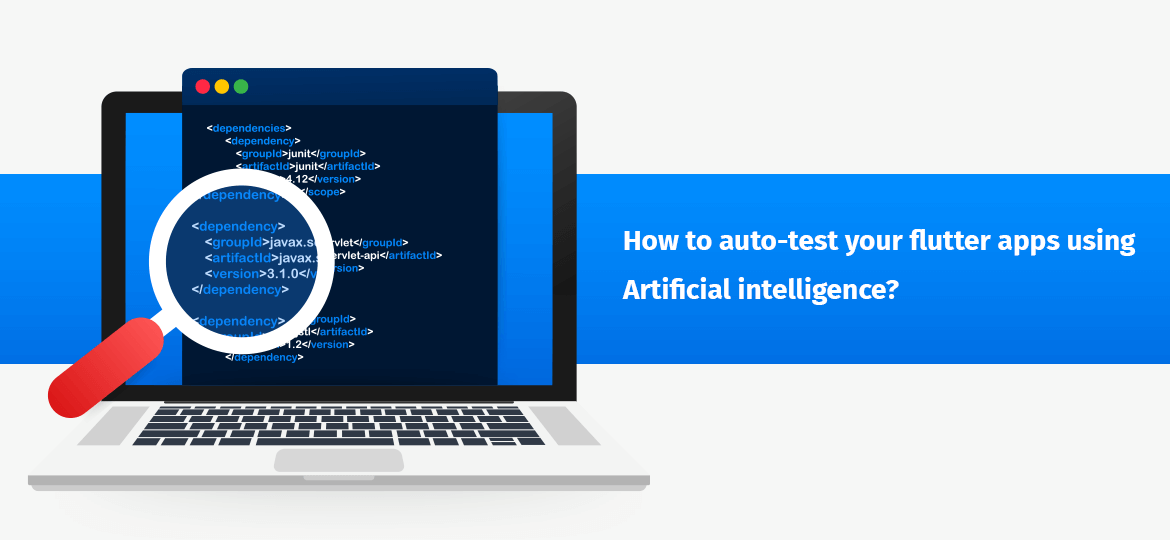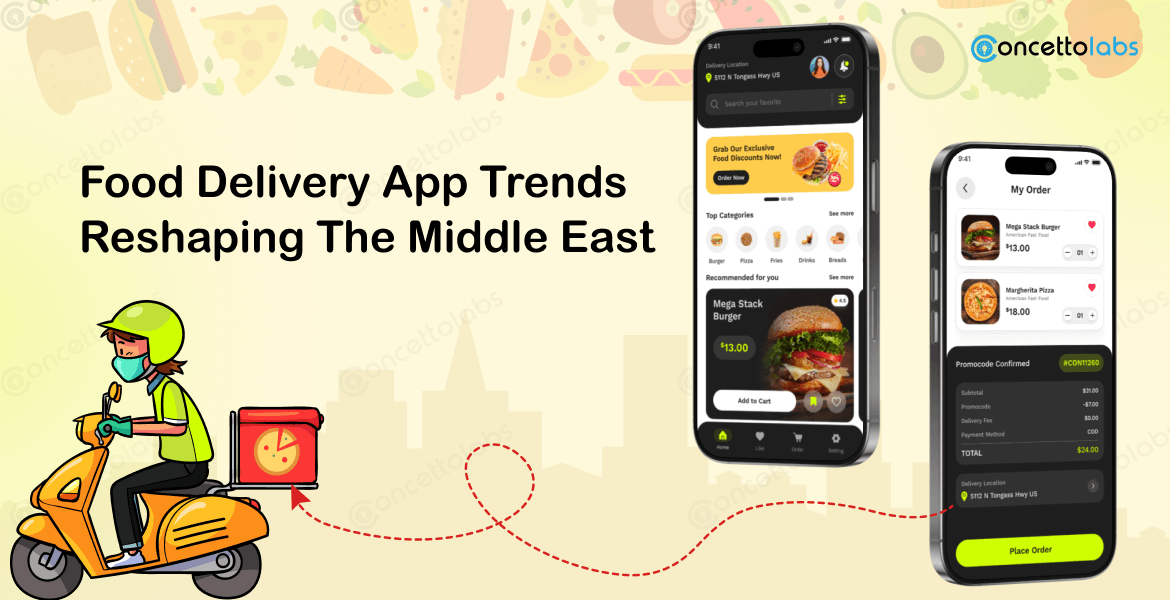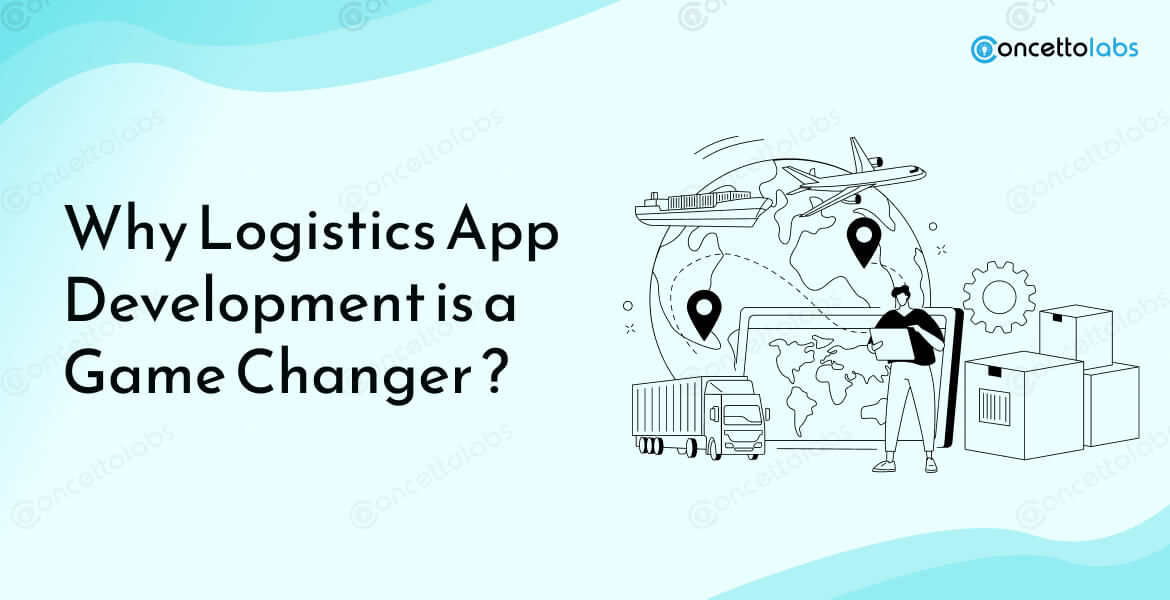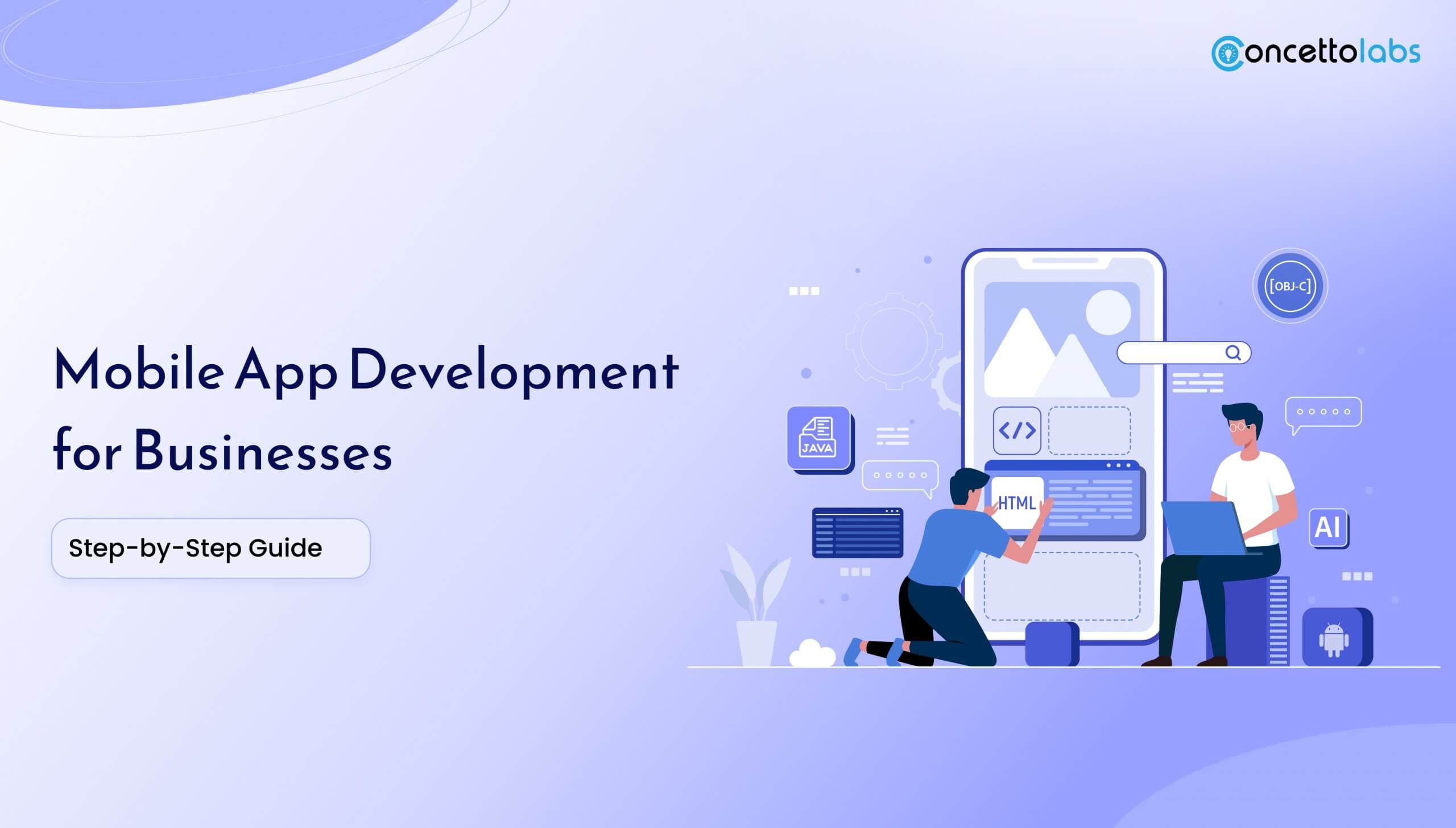
Which is the most popular cross-platform framework? It is the most widespread discussion among the developers. But, truth be told Flutter remains a force to reckon with. Many choose Flutter mobile app development to take advantage of Dart. Flutter is amazing in every way. Whether you choose Flutter for web development or for mobile apps, its unique widget-based structure makes UI creation more fun.
Why Should we Prefer Flutter For Enterprise App Development?
- More than 500,000 developers use Flutter every month.
- Of all these developers 35% work for startups.
- Another 26% are enterprise developers.
So, Flutter is not just for web developers or app experts from startups. It is also a great tool for enterprise-grade apps. Now, that you choose Flutter app development services for your business, then testing needs to be planned well. But, what if you can auto-test your flutter apps?
Let’s start with a demo app in Flutter and then auto-test it!
1. The Demo App:
Flutter apps are a little more advanced than usual apps. The Dart programming language is an excellent base for Flutter. It helps Flutter app development services leverage the technology stack for cross-platform development.
While creating a demo app, you can use amazing documentation provided by the framework. You can get complete Flutter SDK for macOS, iOS, and even Android. Once you download the SDK file, you can add it to your local path with this.
$export PATH=“$PATH:`pwd`/flutter/bin”
After adding the Flutter SDK to your local path, you need to hire a Flutter developer to create iOS and Android environments. Once you have everything in place, run the flutter doctor command, and check if the dependencies require any changes.
$flutter doctor
It checks the platform environment and displays a report to your terminal window. For this, you don’t need to install Dart separately. As the programming language comes in bundles with Flutter.
Here, is an example of how you can use this command line.
[-] Android toolchain – develop for Android devices
• Android SDK at /Users/obiwan/Library/Android/SDK
✗ Android SDK is missing command-line tools; download from https://goo.gl/XxQghQ
• Try re-installing or updating your Android SDK,
visit https://flutter.dev/setup/#android-setup for detailed instructions.
Here, we are going to use an AI-test bot for auto-testing of the Flutter demo app. Now that we have a platform-specific environment, we need a simulator. You can create a demo app or prototype app simulator with a Flutter app development company. Because the framework offers amazing boilerplates and codes for the sample app. You can use an iOS simulator or an Android emulator.
When you run your demo app into the simulator, you need to use a command like this.
$ cd flutter_bitbar && flutter run
You can see your demo app running into the simulator.
2. Testing on Flutter:
Flutter mobile app development gets exciting with its testing features. It offers testing on three different levels.
- Unit-level
- Widget-level
- Integration-level
The unit-level testing is an old feature. While, there are new features of testing like a widget-based test, where you can hire flutter app developers to test UI. There is also a feature to test all the integrations of your apps.
3. Unit Testing in Flutter:
Flutter provides package: test, – a library that supports the configuration of tests on the level of each coding directory. Before you can execute the test file, Flutter scans the entire hierarchy of the directory. It looks for a file named, “ flutter_test_config.dart”.
Flutter will choose a configuration file that is closest to the text file. If the file is not pubspec.yaml than the framework executes it like a normal test file. It enforces this method to each and every hierarchy of the directory for testing purposes. So, it uses a single method for unit testing.
4. Widget Testing in Flutter:
Flutter is all about widget Uis. It uses a widget-tree structure for developers to visualize the changes in code. You can get a Flutter development company to create amazing widgets for apps.
With widget testing, companies can easily test the interactiveness of widgets with an end-user. So, you can exactly know how your app will respond to a user request.
5. Integration Testing in Flutter:
In Flutter, integration testing means UI testing. There are several ways to test a UI on different platforms. For iOS, there are Xcode UI Tests and for Android, it is Espresso. But, Flutter provides a special Driver package for tests.
Now that we know what kind of auto-testing Flutter apps supports, let’s see how can we automate it.
Artificial Intelligence for Auto Testing Flutter Apps
Since the inception of AI and ML(Machine Learning), there have been innovations in automated testing of software or apps. There are some AI-based mobile testing tools like testim.io, Functionalize, Mabl, test.ai, and Appvance for web testing. One such app testing AI testbot is quite popular for the Flutter framework and here, we are going to see how can you use it.
First, you need to create an Apk file for your demo app. You can do this with this command.
$ flutter build apk
Further, the command will create an APK file for the demo app.
As you execute this command an APK file is generated in the “build/app/outputs/apk/” directory. It is the file we will use for testing in the AI testbot without any configuration.
AI Testbot Started:
First, you need to signup for the AI-testing platform. If you are not doing it by yourself, you can get professional Flutter development services to do it. You don’t need to have an extensive test file, an APK file will do. The next step is uploading the Apk file, then selecting the devices for which you want to test.
So, once you select the target devices, and upload the file, then the AI bot runs tests. The test can be given additional user credentials and other configurations.
After a quick automated test, the dashboard shows all the relevant results. It includes videos, screenshots, and other information.
Here, we have performed a regular sanity test for a demo app. But, with extensive testing tools from Flutter and such an AI testbot, you can perform more comprehensive tests. Though there are compatibility issues on many Flutter tests with such cloud-based testing.
Conclusion:
As we move forward, auto-testing is getting more traction. We have already seen how CI/CD(Continuous Integration/ Continuous Delivery) are automated with AI-based applications. The auto-testing paradigm in Flutter apps is going through a similar transition. So, if you want faster testing with the best results, you should consider AI-based Flutter App testing!







 Indonesia
Indonesia
 Botswana
Botswana
 USA
USA
 Italy
Italy
 Panama
Panama




 USA
USA UK
UK Saudi Arabia
Saudi Arabia Norway
Norway India
India Australia
Australia